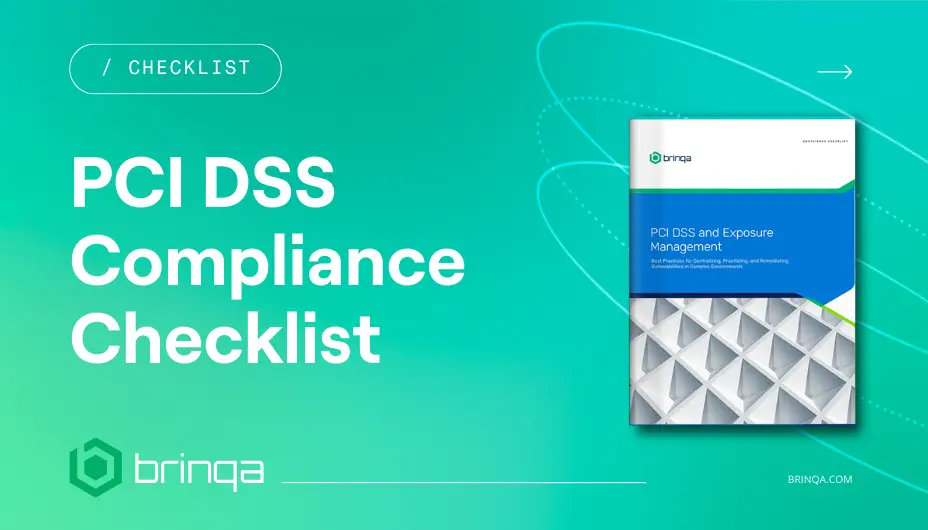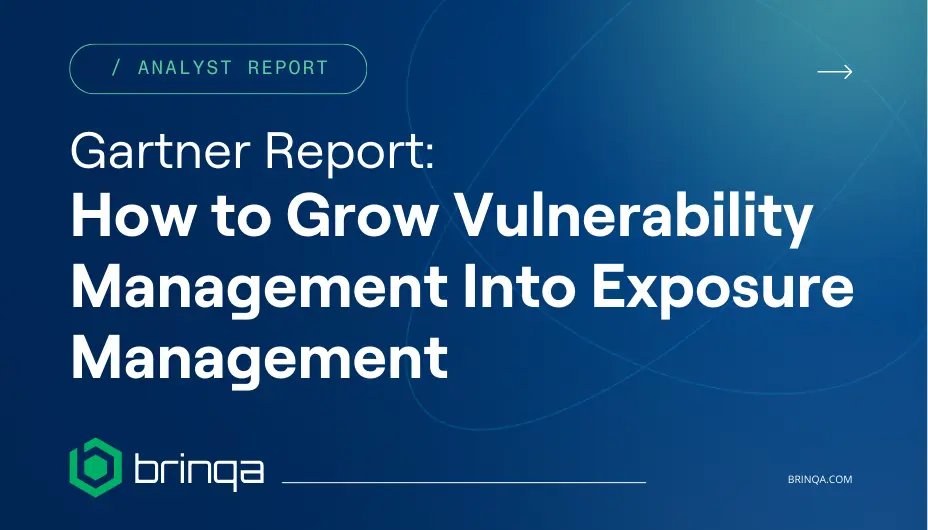The Challenge
You Can’t Fix Everything – But You Can Fix What Matters

The Challenge
You Can’t Fix Everything – But You Can Fix What Matters
Traditional vulnerability management programs are overwhelmed by noise and fragmentation. With multiple scanners, siloed asset inventories, and inconsistent risk scoring, teams struggle to identify which vulnerabilities are truly critical – and how to act on them.
Security teams are forced into manual triage, IT teams are overwhelmed with tickets, and leadership is left without a clear view of exposure risk.
Solution Overview
Move from static scanning to strategic risk reduction.
Brinqa delivers a business-aligned VRM program by:
from all vulnerability sources


Why Brinqa
Discover Key Features That Deliver an Enterprise Level Strategic Edge
Customer Success Stories
Proven Enterprise Outcomes
Brinqa at Work
Solutions For Every Member of Your Vulnerability Management Program
CISos & executives
Cut through the noise and take action on what matters.

it & infrastructure operations
Integrate insights into your workflows to keep systems secure and steady.

Vuln Management & AppSec Leaders
Centralize signals, prioritize what’s critical, and accelerate remediation.


Compliance Checklist
PCI DSS Compliance Checklist

